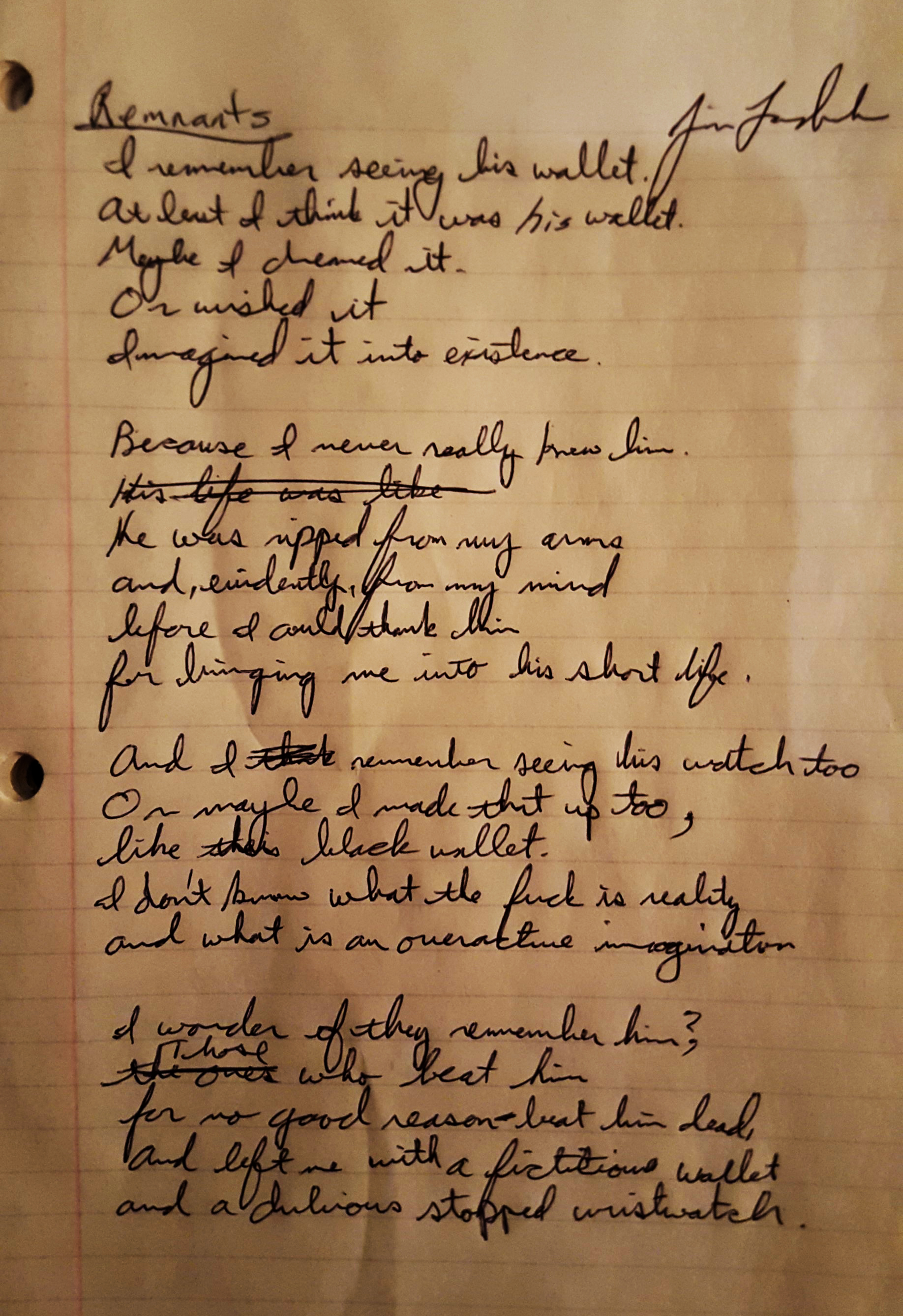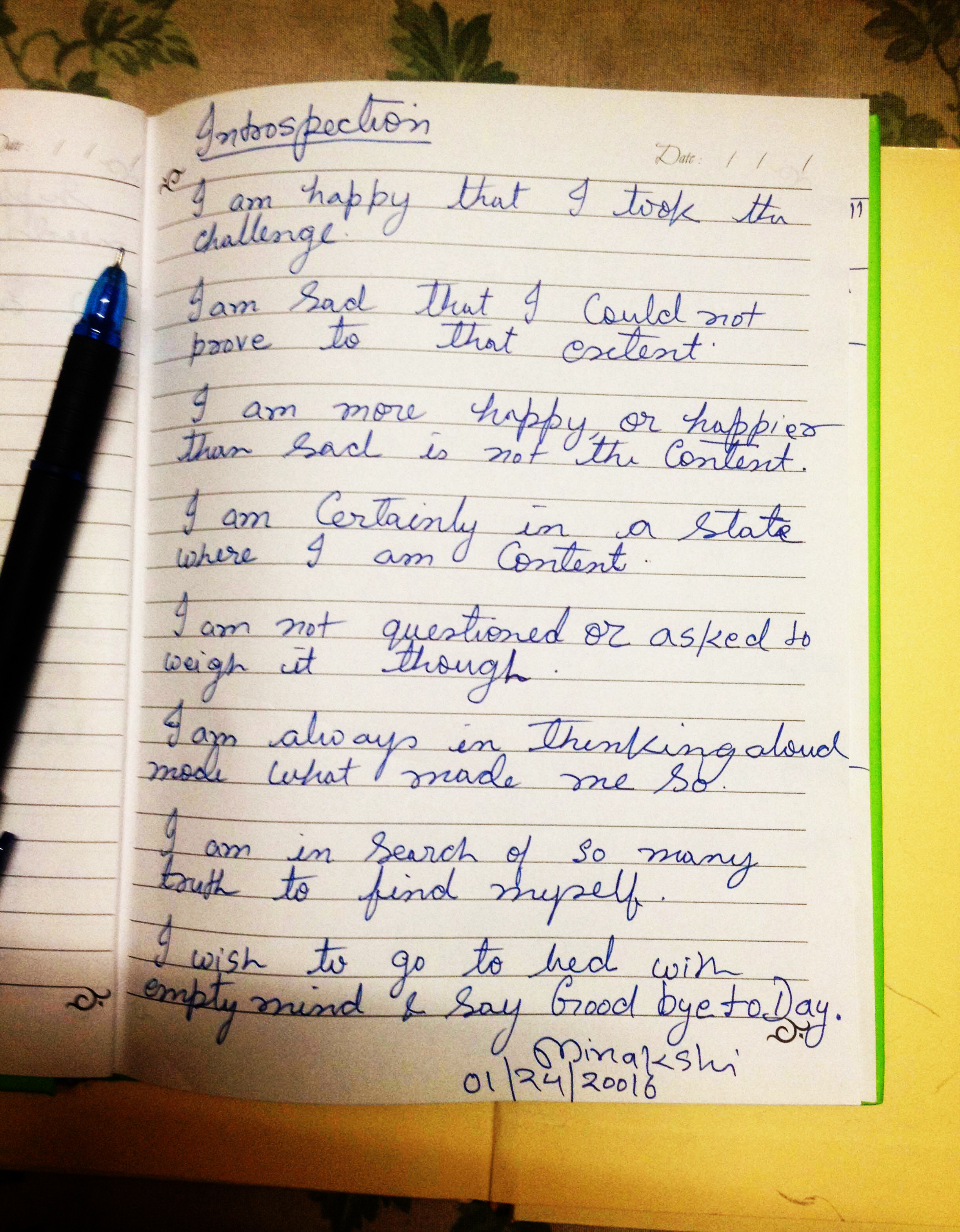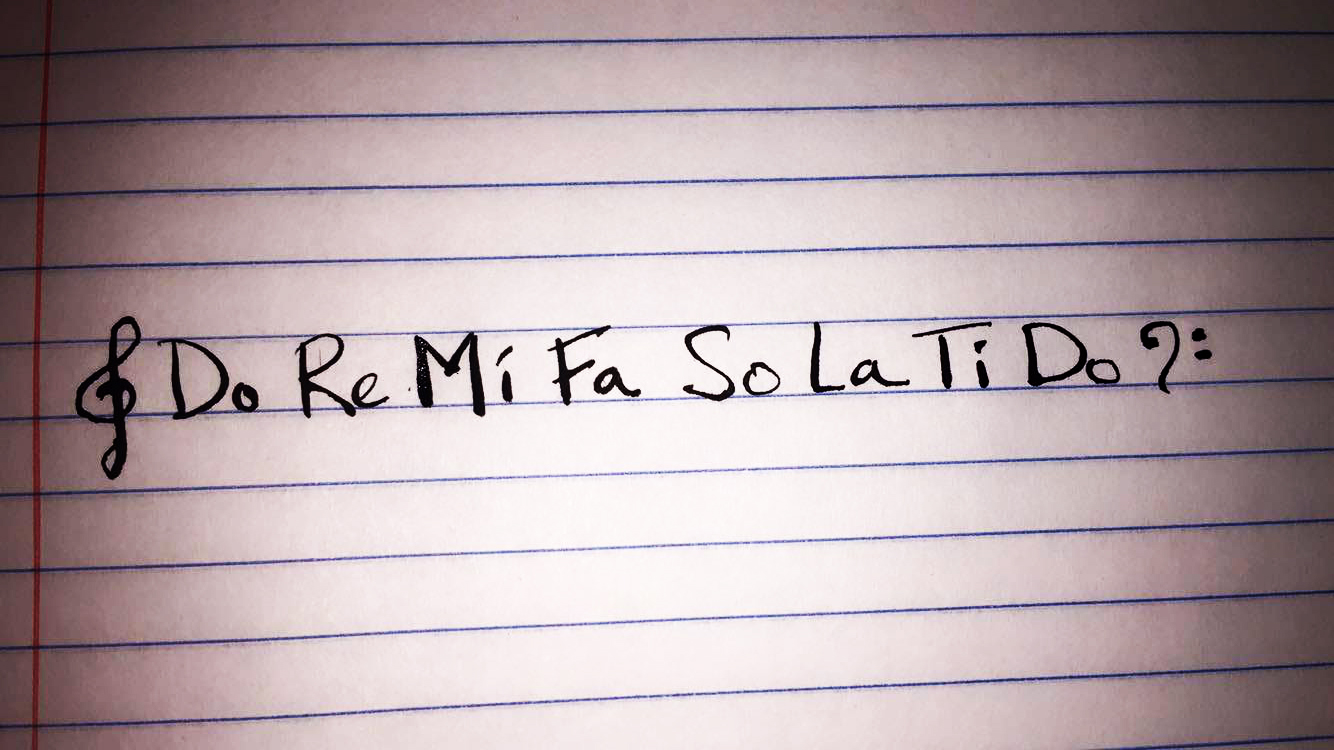MADGES: In an increasingly tech- and text-based world, handwriting has lost some of its former relevance and ubiquity — cursive is no longer even required in U.S. school curricula, and thousands of people have never written or received a letter in their entire life. How important is the handwritten aspect of these grocery lists to you? Do you still write by hand?
KEAGGY: The handwritten lists usually are the best — they have more character, personality, quirks, artfulness, sloppiness, and interestingness to them. Not just because of the handwriting but also because of the writing material — you can’t run weird, repurposed scraps of paper or cardboard or magazine through a printer but you can tear a piece off of something and write on it. And I’m a designer so I have this innate interest in letterforms and layout and organization, and everyone brings their own approach to these things in handwritten lists.
That said, I obviously get more and more typed lists now, but fewer lists overall because so many people do keep their lists on their phones. I do, because like everyone else I always have my phone with me. I only occasionally write a grocery list out by hand but the truth is I don’t feel too nostalgic over this change. I still do a lot of writing, sketching, and designing on paper, so it’s still part of my daily life.
MADGES: Many people, editorial reviewers and regular folks (ie, Amazon.com customers) alike, have commented on Milk Egg Vodka's humor, which comes in part from the original content of the various grocery lists collected, but mostly from your insightful and playfully snarky commentary. There's also the obvious fact that the Library of Congress designated it as a "Humor" book. When you started collecting these lists, were you mostly compelled by the comic opportunities they provided? Or was it more about the voyeuristic element of finding discarded personal notes, the various examples of penmanship and spelling, their value as art objects, something you couldn't quite name? A more concise question: was humor the intended goal, or a natural and happy accident?
KEAGGY: Yes, the funny lists were what made the collection really interesting to me, and I think to most people. Aside from the fact that they’re an anonymous, unguarded peek into other people’s lives, and, truthfully, are mostly normal and boring, it was when you’d find that needle in the haystack — that weird, WTF list with odd combinations of items or really poor spelling or funny notes. It was those moments that made the project worthwhile and I realized early on that I should highlight them for people, so I made Top 10 lists, which became the backbone of the book. Finding funny lists wasn’t the original goal — I just thought it was interesting to pick up something someone else had thrown away — but the humor aspect was a funny bonus that only became apparent after sticking at it for a while. I don’t know which of the lists was the very first one I found, but I do know it wasn’t funny. It was typical.
The funny ones are few and far between, but do make it all worthwhile are are probably the main reason people find the collection weird and interesting.




















































































